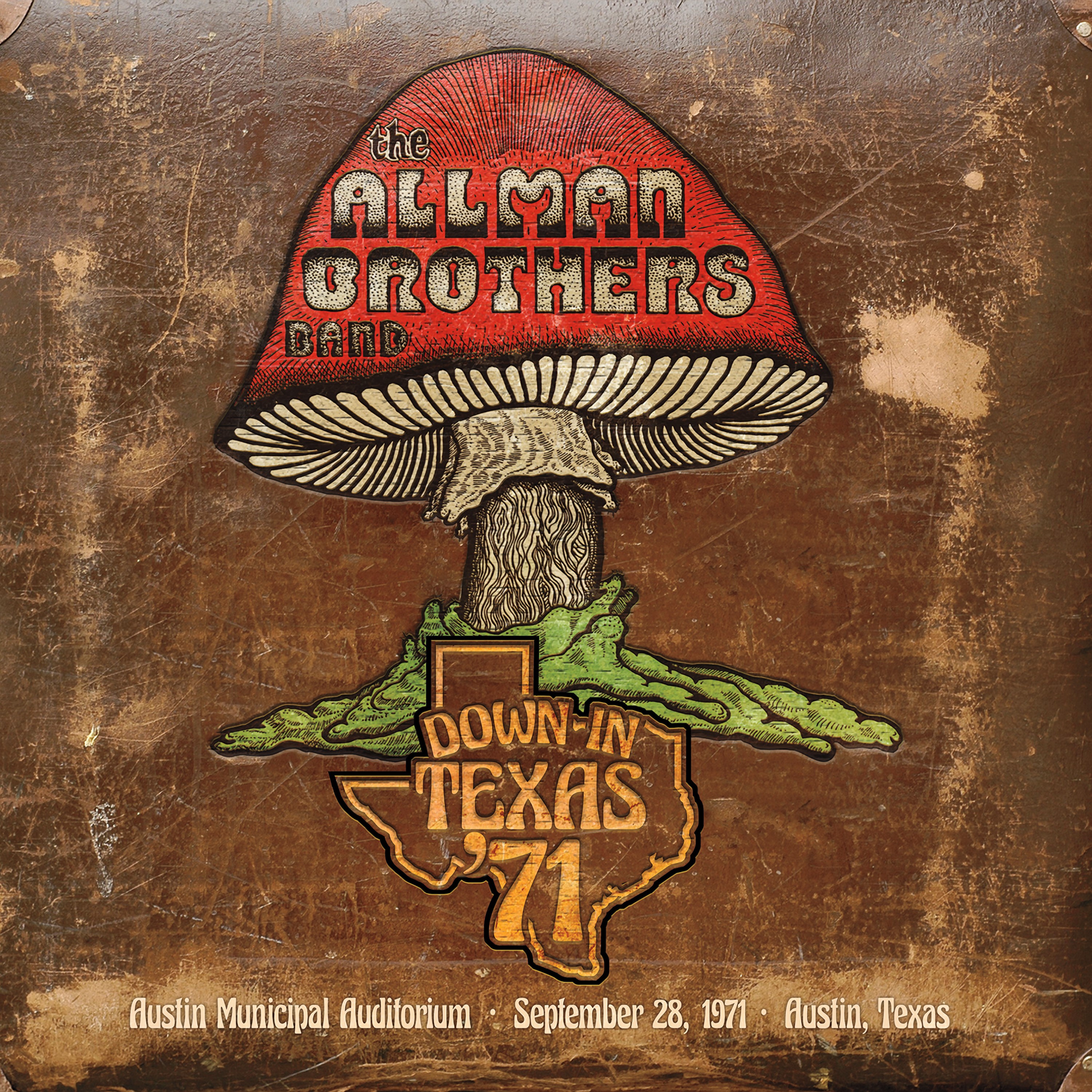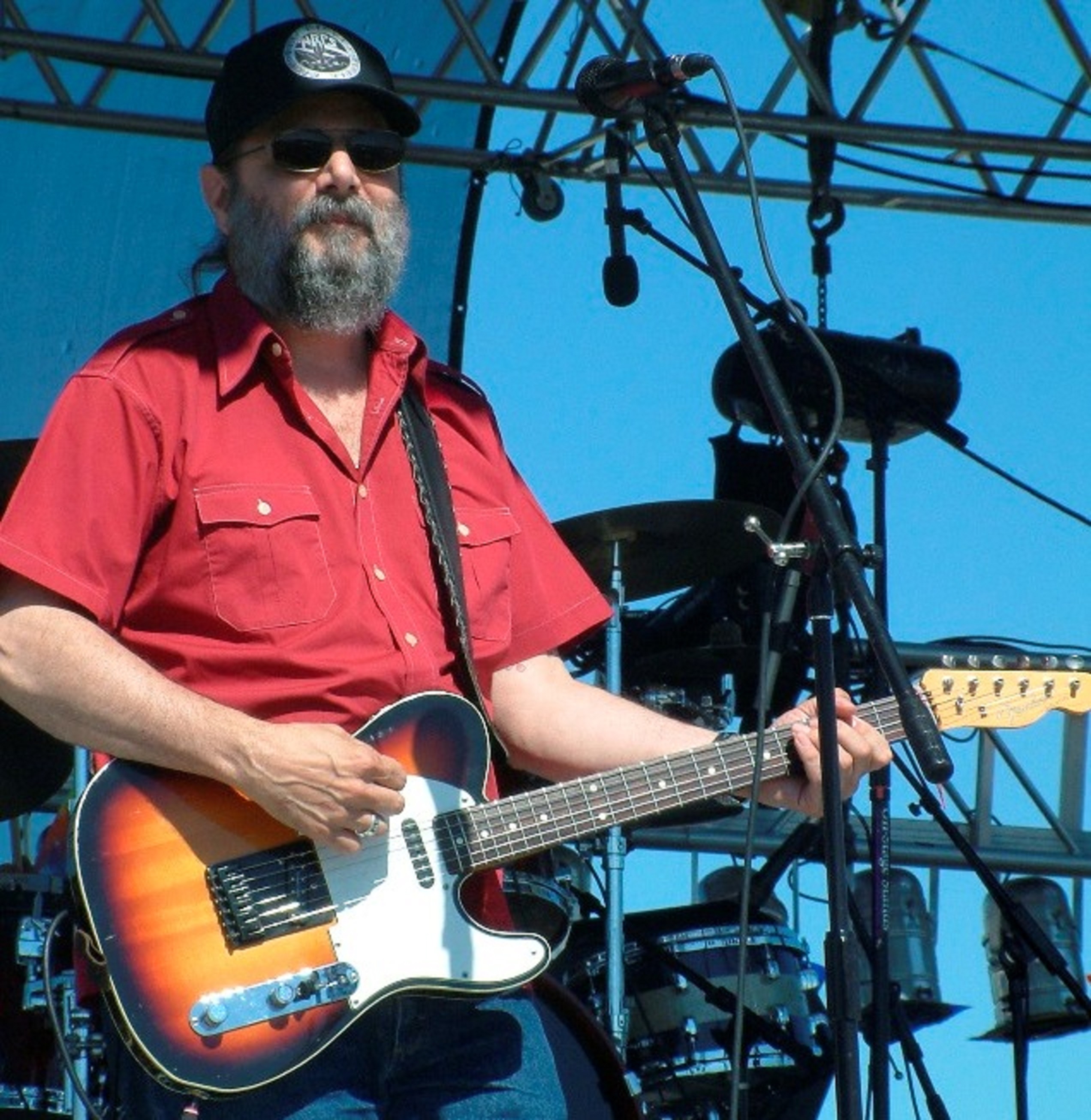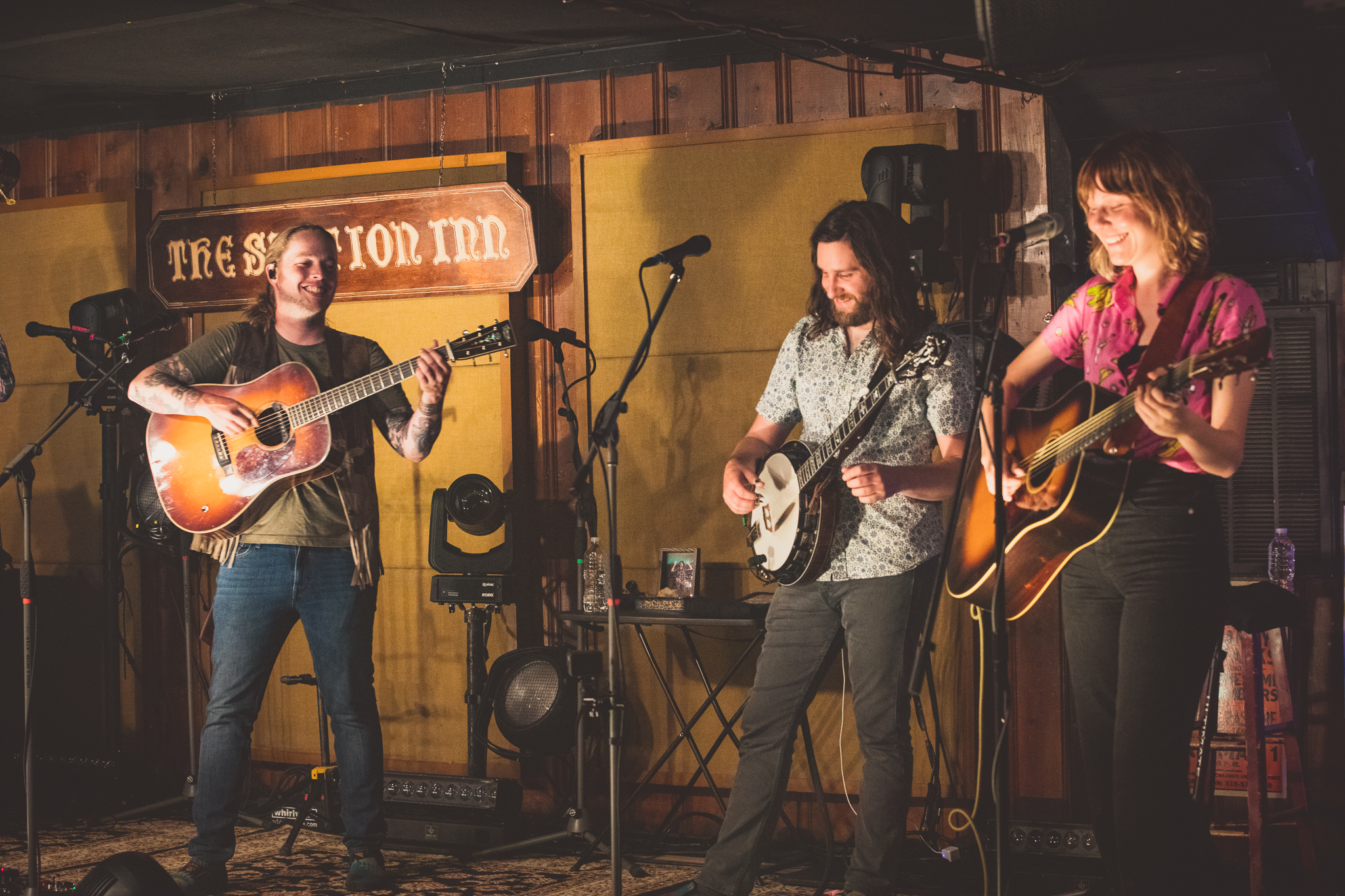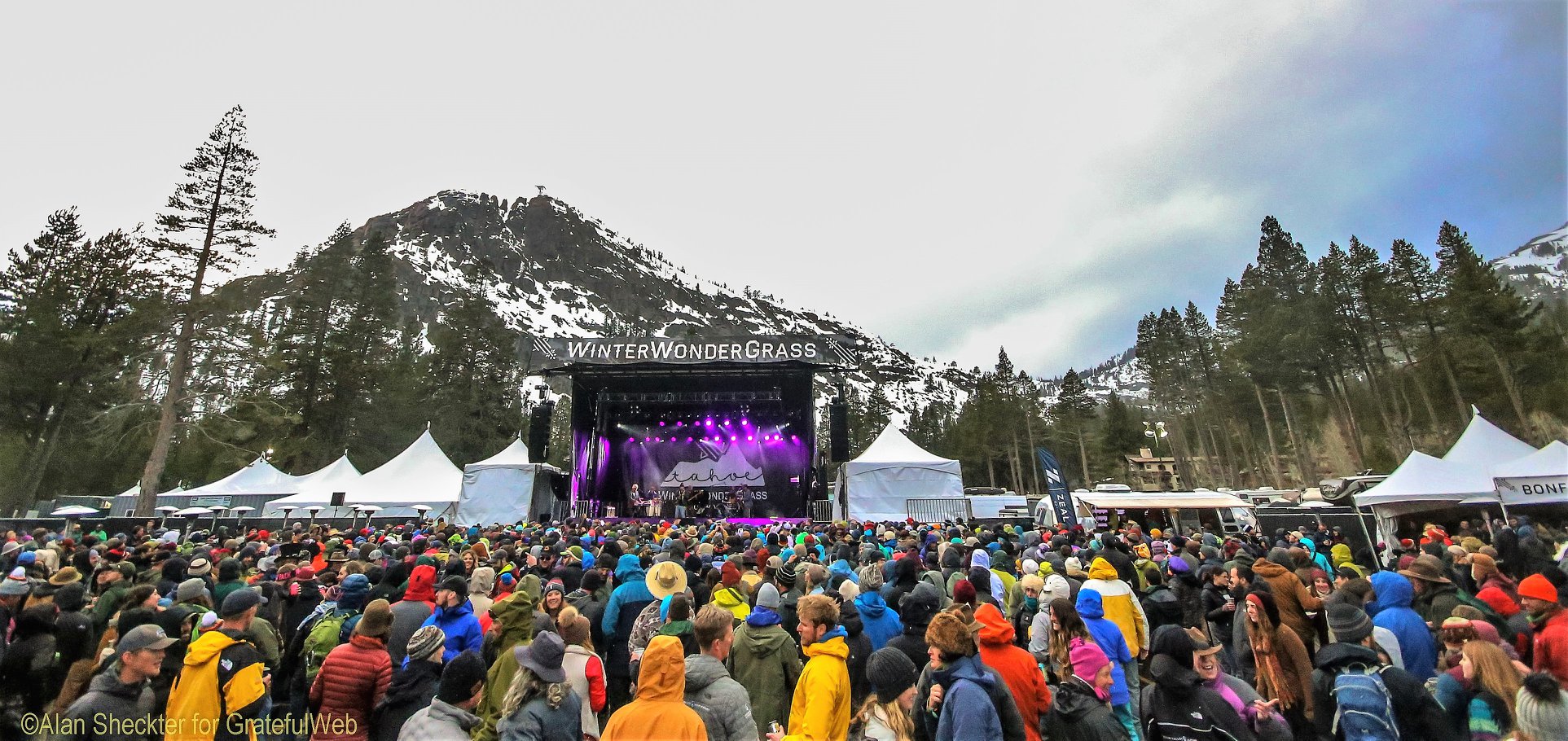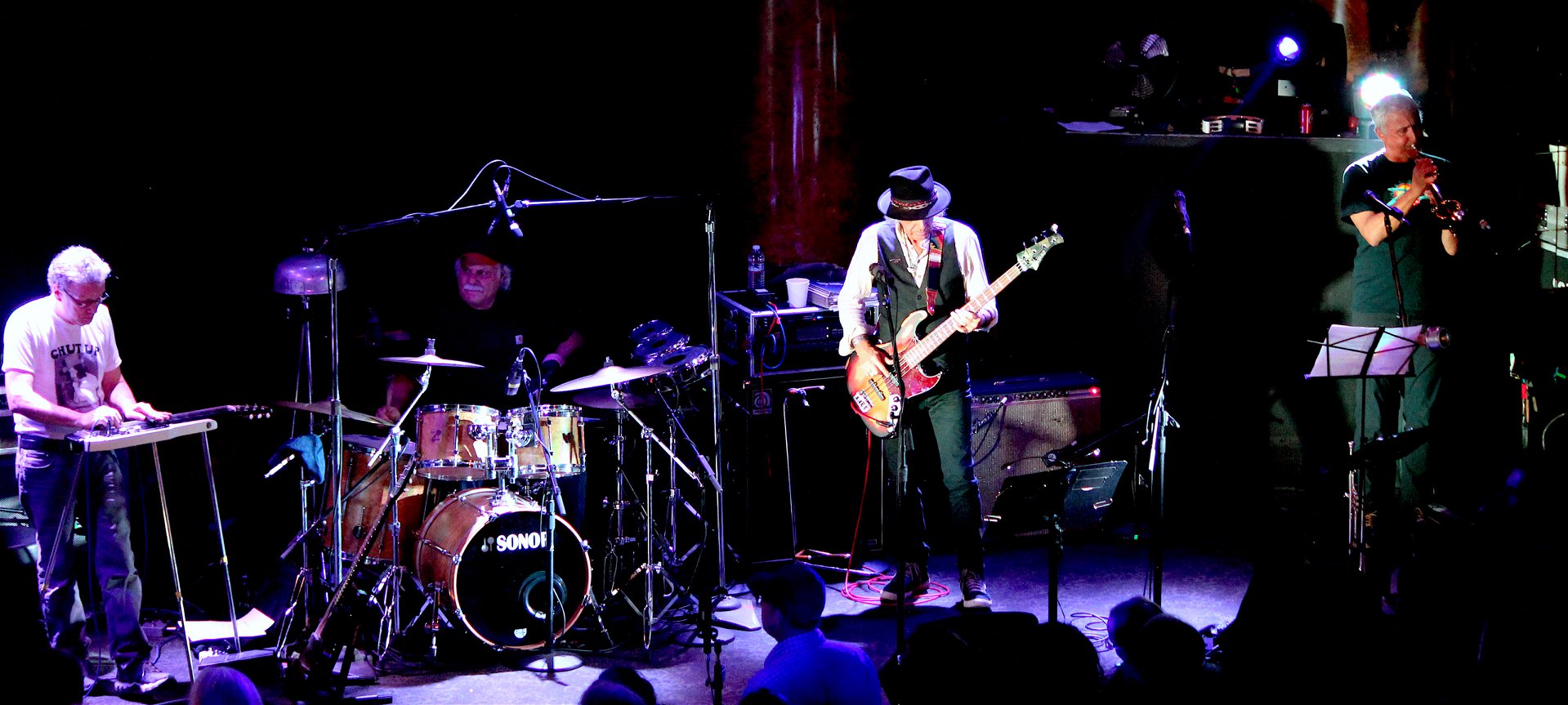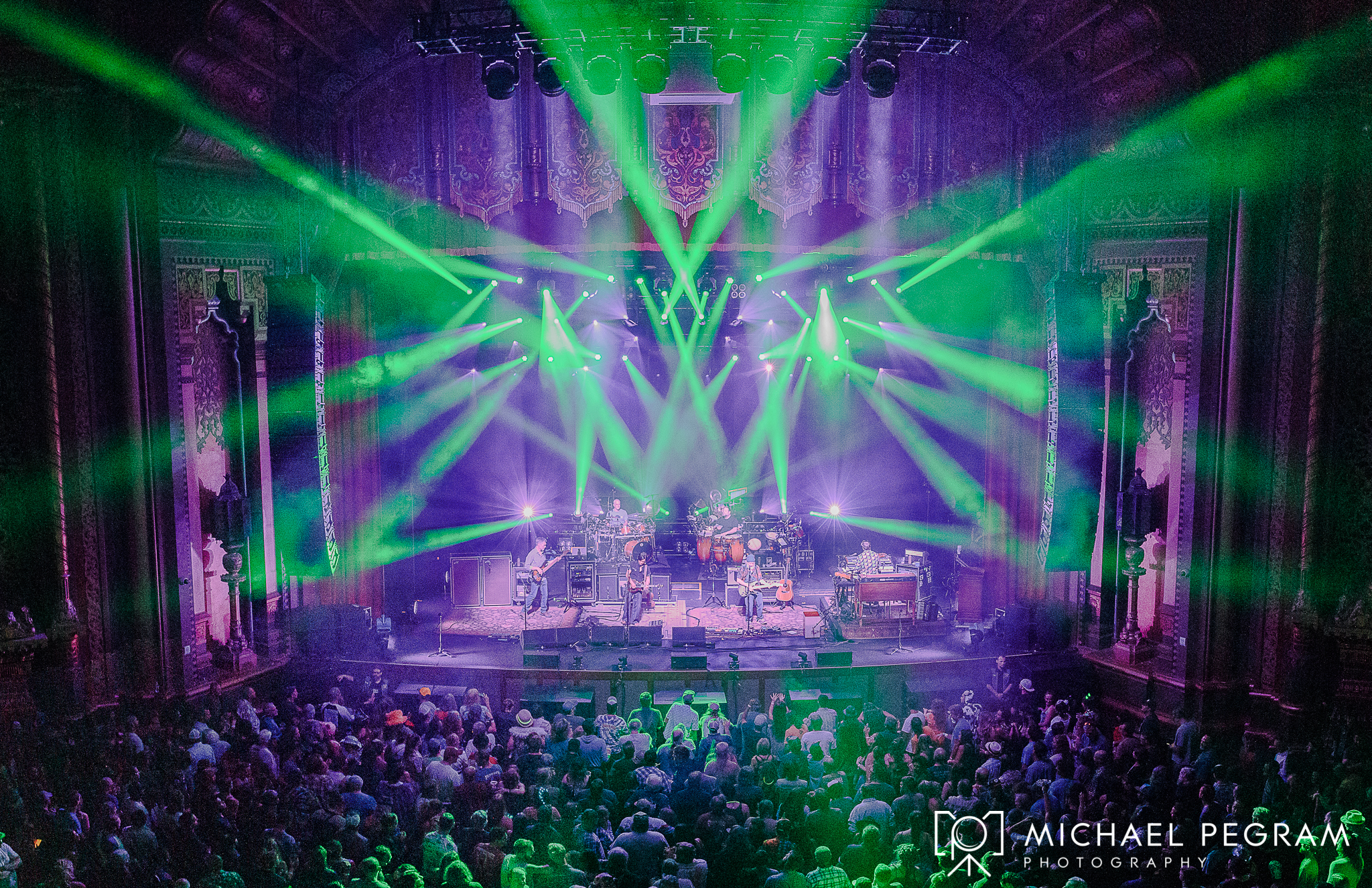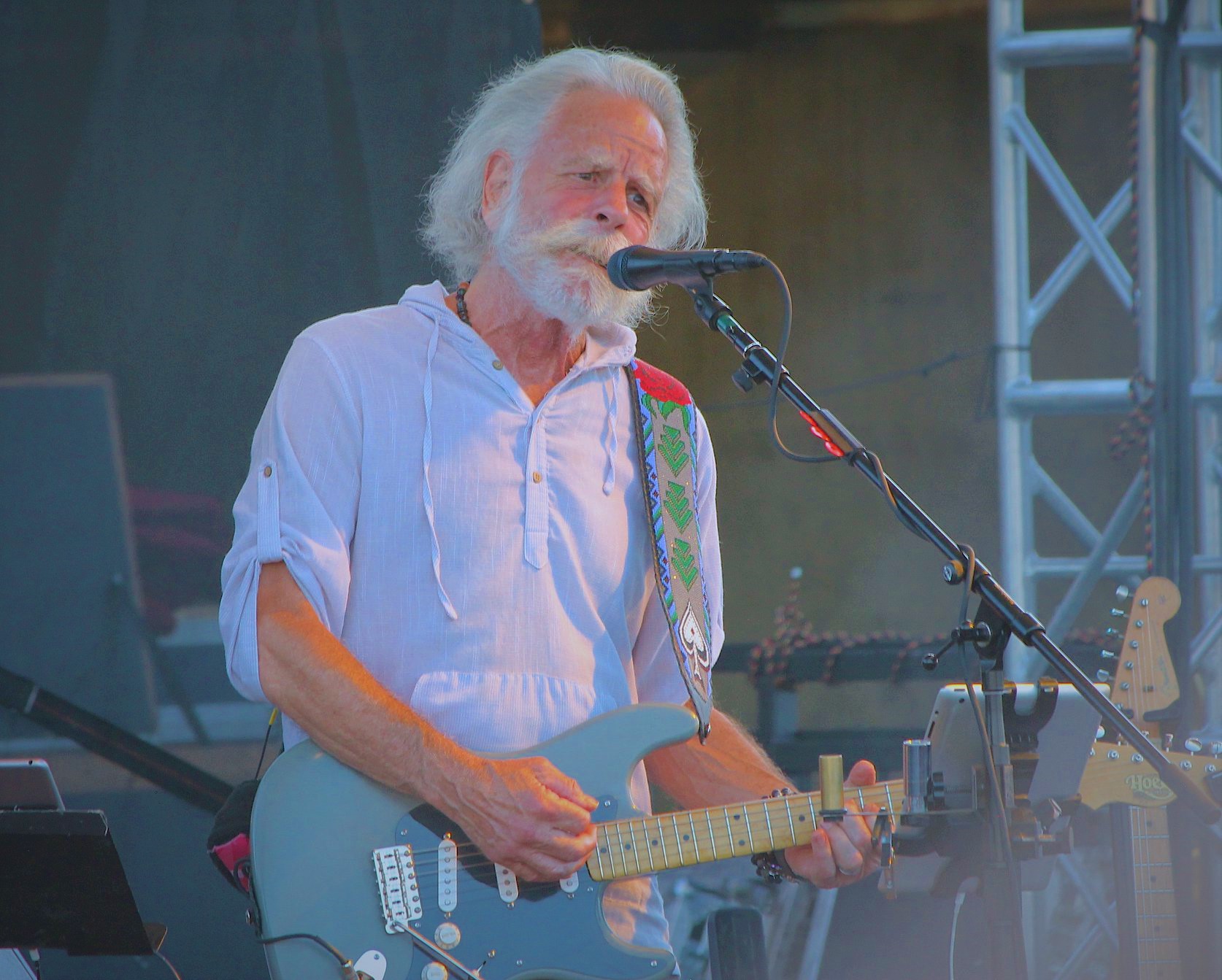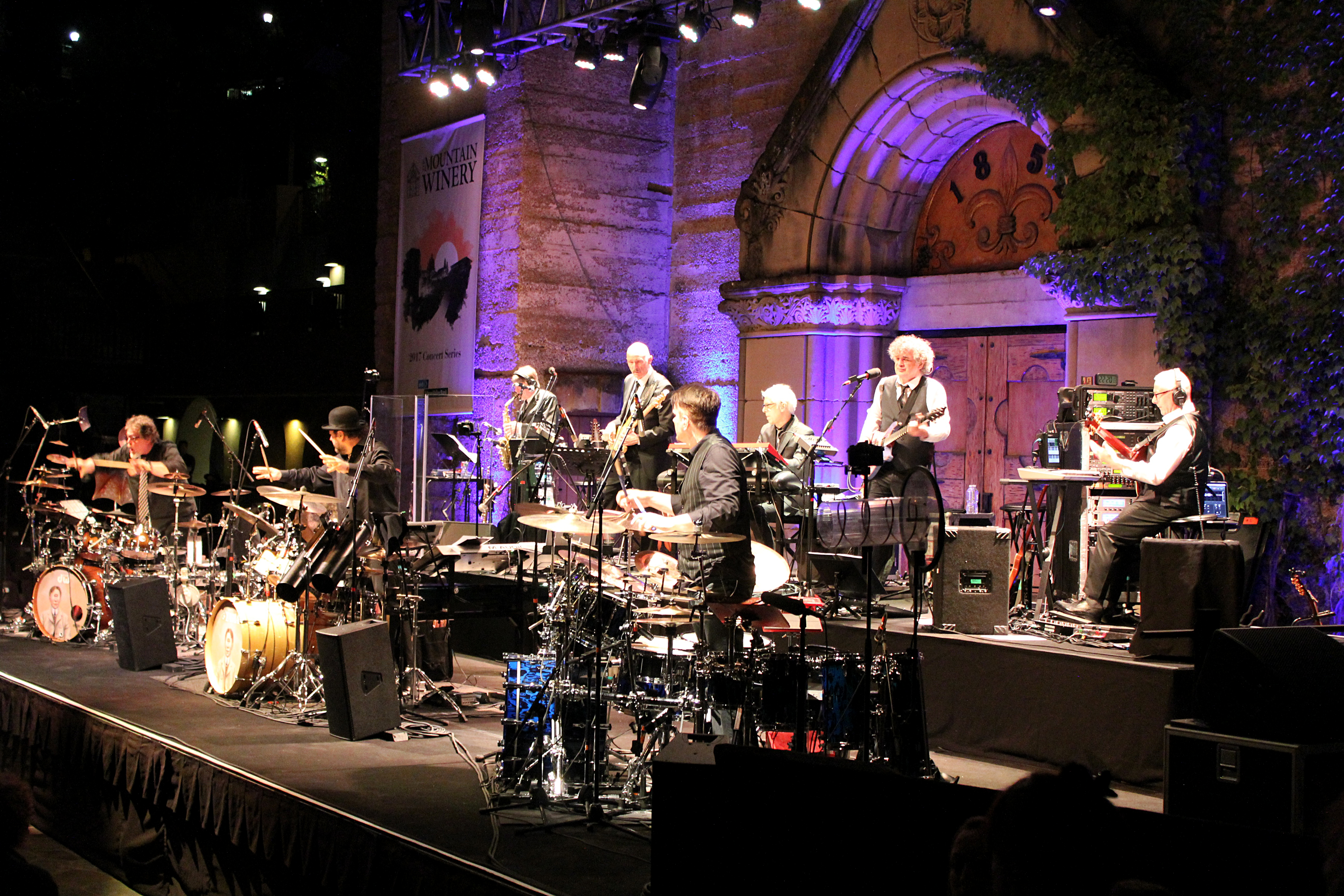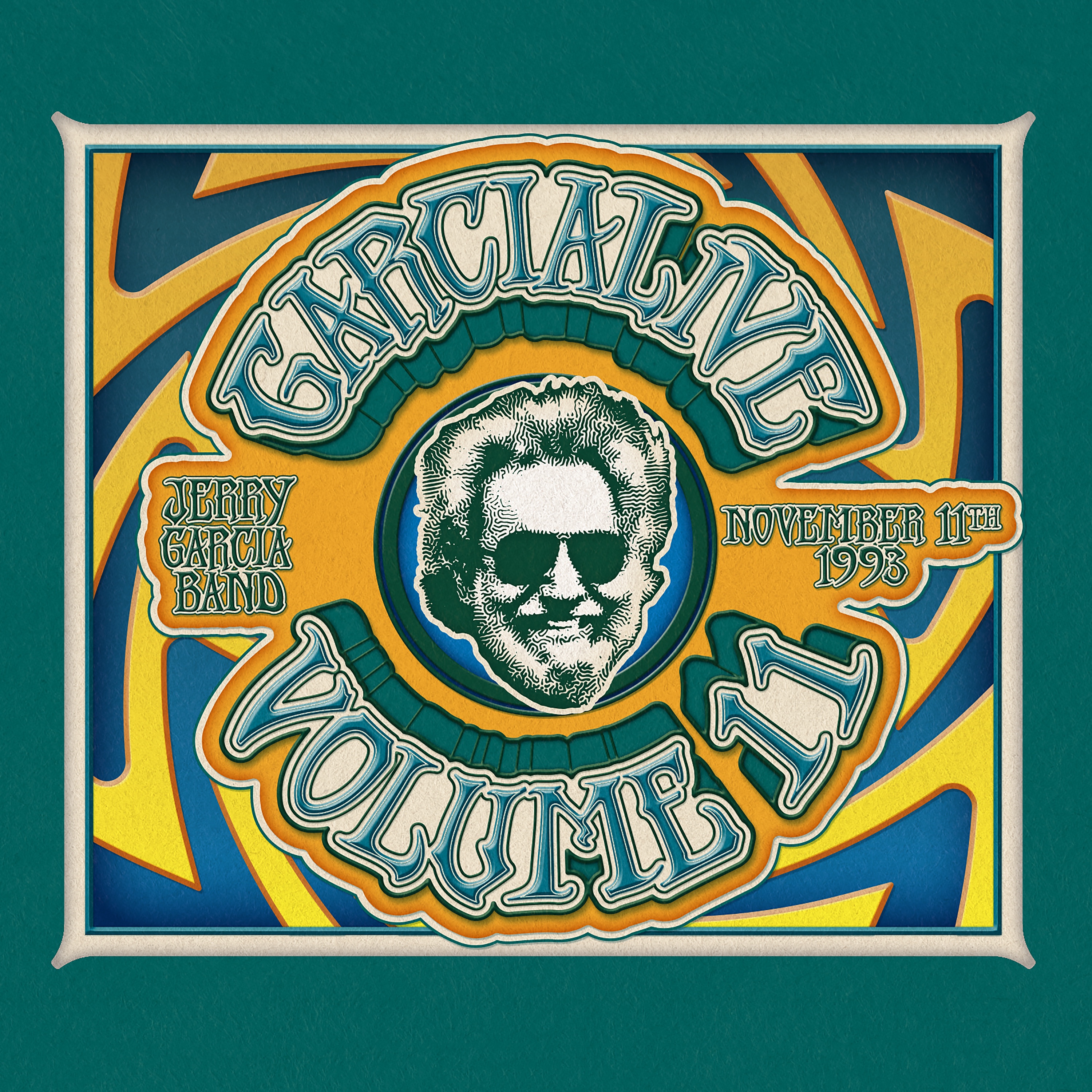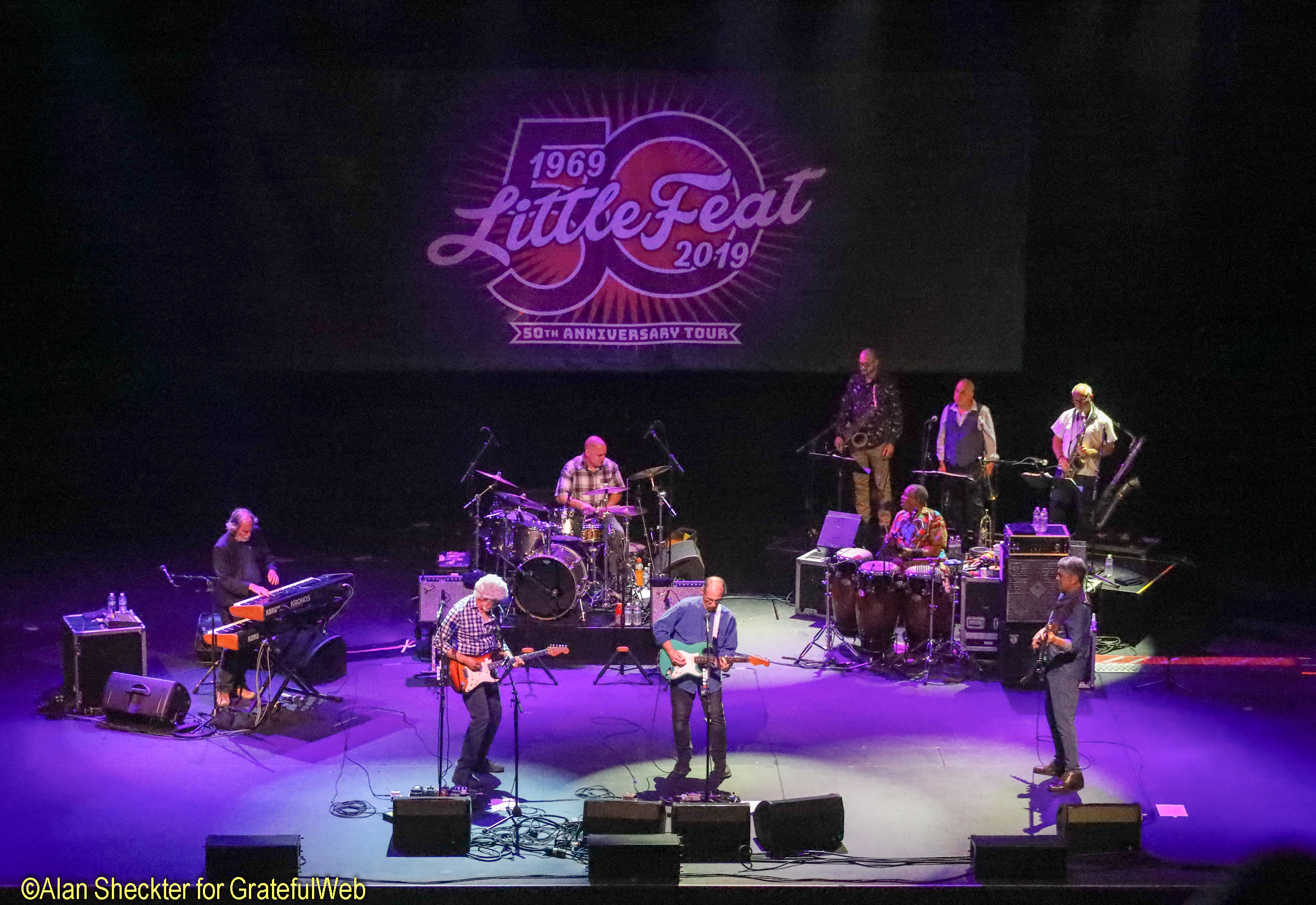This is Dylan Muhlberg of Grateful Web. I am joined by veteran photographer, author, and anthropologist Jay Blakesberg, His presence has been pivotal in American rock music scene since 1980s, particularly rooted in the Grateful Dead community. His iconic photography is regularly featured through publications like Relix, Rolling Stone, and Guitar Player. He is granted a rare trust and inclusivity from legendary rock musicians. His tenth photographic volume of rock anthropology is his finest to date. Hippie Chick features a career spanning retrospect of the under-looked devotion of the beautiful women of the scene. Thank you so much for joining me Jay.

JB: Thanks so much for having me. I appreciate it.
GW: Of course. In the forward of Hippie Chick you credit your father for having given you your first camera and the rest is history. Tell me about your beginnings as an amateur photographer. When did you first start to be noticed for your work?
JB: Sure. In 1978 I went and saw the Grateful Dead at Giants Stadium in New Jersey and my dad loaned me his Pentax Camera. I kind of got the photography bug at that point. I started taking the camera to other shows and before long I bought my own. By 1979-1980 I was a full-blown hippie Deadhead traveling hours and hours to see the band and bringing my camera along with me.
I took pictures of the band, my friends, the scene, anything I could. That was the beginning of as you put it my anthropological journey. I feel like a lot of what I do in a way is the study of human kind. I always believe that it doesn’t have to be a tribe deep in Brazil, Africa or South America to be classified that way. This is just as much anthropology; it’s part of pop culture history. Whether it’s a band onstage at a festival or some fans dancing. It’s important to shoot it, document it, archive it, and share it.
GW: There’s clearly so much more to show than what’s onstage. And that is what your newest book documents. Hippie Chick features 445 images of beautiful women spanning decades in the live music community. How did this concept come to fruition?
JB: So, via social media and Facebook when I first got on back in 2008 I put out a book called Traveling on a High Frequency, which was a thirty year retrospective of my work. I joined Facebook to help get the word out. At the time I had 700-800 friends, now it’s up to 45,000 likes which shows how useful social media can be.

I started by posting pictures of Deadheads back in the 80s and 90s. It really resonated with people. The response was “you should do a book of Deadheads!”- I didn’t really feel like I had material for a full book of only Deadheads. I wanted to make it generally about fans at shows and it eventually evolved into women at shows. It was mainly because that’s what resonated most with people on social media, when I show women at these shows in their element. People really responded to those photos.

In Hippie Chick we took it a step further and didn’t only have just the pictures of these beautiful women but quotes from them too. We interviewed about eighty women via email about their passion, fashion, inspiration, hoola-hooping, and riding the rail, all the aspects of that scene. About two hundred of those quotes are sprinkled throughout the whole book. We also had Grace Slick, the original hippie chick from the Jefferson Airplane write the introduction, and our dear friend Grace Potter write the afterward. There are a number of essays written in the book by Edith Johnson who goes by “Festival Girl” on Instagram and Twitter, and she has a blog about being a woman at festivals and her experiences.
Edith coordinated email interviews with all the women and wrote three incredible essays titled “A tale of Love, Devotion, and Surrender.” Those essays, the photos, the quotes, the forward and afterward all combined make of this package of Hippie Chick, which I’m really proud of. It represents the women in the scene really well.
GW: How did you get in touch with these women for their insights? So many of these photographs seem candid, anonymous and spontaneous.
JB: There were specific women that I knew or Edith knew, so we started by asking them. I would say about half quotes in the book are from women pictured while the other captions were written by women not pictured. We would see women at festival and ask them if they wanted to do a mini-interview for this project. At first we asked them on the spot at the shows and that wasn’t the most ideal situation. Some of them were too “in the zone” to focus on our questions. So we switched to email interviews. Most of the interviewees were responsive while some others might have found it too daunting or might not have had much to say.

We got a broad range of responses; we sent it out to hula-hoopers, dancers, or even people who hang out in the back. We wanted a lot of feedback on these questions and ended up getting great stories. For these women music is a big part of their lives. They know it’s a place they can go to recharge their batteries or recharge their soul. It’s a place they can go and forget about that car payment, the carpool, rent, mortgage, anything. This is where they can go to let loose. They can go to five Phish shows in a row, they can go to see a whole Moe. tour, String Cheese Incident, Umphrey’s McGee, or Widespread Panic.

GW: I love the candid nature of your photography while these quotes provide a bit of an afterward.
So, the book ignores chronology. Pics from the seventies are sprinkled in amongst your modern day concert photography. What has changed in the scene since? Was there ever a notion of chronology being necessary to this project?
JB: We discussed it and decided we didn’t want to stack the front of the book with the earlier photos. Really we looked at the photos and wanted each section, Love, Devotion, and Surrender, to feel like those three ideas. It’s very nebulous since the pictures don’t literally say those things. We discussed other ways to structure it but at the end of the day we went more obscure. There aren’t pictures of women not totally engaged in the music or people who are just hanging out. I wanted to capture the wild animals in their natural element, in their moment of bliss and ecstasy. I would say that most of the photos in the book are people in the moment. It wasn’t just about glamour. It needed to be about action shots. I wanted the smile on their face and their fists pumping in the air to tell the story. Those are the photos that are in there.
Then there’s the creative standpoint of it all. Edith Johnson had a lot of say in the pagination. Francie Greene who designed my Jam book a few years ago was the creative director and was extremely instrumental in the whole layout of this book. The flow of the book was important to me.
GW: The book is implicitly feminist. Do you see Hippie Chicks being embraced for their individually above their sensuality?

JB: Absolutely. We talked to some of these women about fashion and if that plays an important role. And the responses generally were, “Whatever the rags in my bags are is what I’m going to wear.” These women want to feel sensual like they’re going to a wedding or party or any celebration. Naturally when women are dressing for these occasions that can be very sexy. It can be scantily clad which luckily isn’t as stigmatized as the pop culture of fifty years ago. It’s sexiness, it’s beauty, it’s empowerment. I wasn’t particularly looking for this. I didn’t tell anybody what to wear, I’m just the photographer. If you like that kind of fashion you’ll appreciate that element in Hippie Chick.

GW: The whole hula-hooping intersection of the hippie community has always fascinated me. Your book has moments of focus on this important detail. When did you first start to notice hula-hoopers in the scene? Why is it fitting in this setting?
JB: It’s absolutely an evolution. When we were on Dead Tour in the 80s and 90s there were no hula-hoopers at shows. It is definitely a post-Grateful Dead phenomenon. It’s an art, these women are just incredible, some of them five hoops in their body. It’s sensual, it’s dancing, and it’s art. It’s all very beautiful and the movement can be great to photograph.
Another aspect to consider is that people have looked at my other photographs and commented that they couldn’t place the women from any particular decade. The way many of these people dress is timeless and organic. If you look at my pics of Dead shows there are no cell phones in hand, there are no drinks. There’s somewhat of a different vibe when you omit those elements.
GW: Yeah, I hadn’t considered that aspect.
So you were speaking of certain acts earlier that had inspired these women. Do you think there is a particular modern band that carries an exceptionally awesome fan base of hippie chicks?

JB: I think the whole Jam Scene and the Jam Festival Circuit in general fosters this scene. Festivals like Gathering of the Vibes, Mountain Jam, High Sierra Music Festival, and bands like Allman Brothers Band, String Cheese Incident, moe., Widespread Panic, Phish, Umphrey’s McGee, even newer bands like Twiddle have this crowd. Ultimately this is their family and it resonates with them.

GW: You spoke before about your collaborator Edith Johnson. How did you two end up meeting and working together?
JB: Edith was at Lockn’ Festival a few years ago and I snapped a photo of her amongst others in a crowd. She reached out to me when she saw it posted on Facebook and asked she could repost the pic on her Festival Girl blog. She was being very polite and courteous. When I did a book signing in New York we met at a book signing for Jam at the Brooklyn Bowl. I was forming the idea for Hippie Chick around that time. I knew I needed somebody to spearhead the editing and writing. I called her and we met for breakfast in Brooklyn one day. And from there the ideas evolved. We didn’t have the whole “love, devotion, surrender” idea in place at that time. I knew at least I would want somebody to interview women and write an introduction.
The creative process happened over a three to five month period. We tried interviewing at festivals, which crumbled really quickly so then we switched to the email interviews. Edith would go through them and look at the quotes and together we decided which ones were going to go in the book. We decided we wanted to represent every single person we interviewed with one quote. She absolutely just killed it. The essays are incredible.
GW: It’s a phenomenal partnership. I would almost be interested to see in a decade from now what you capture and depending on where she’s at a follow up. I see it being continually compatible.
JB: Thanks. It was really fortunate to meet her.
GW: Anything else you’d like to share with our readers about Hippie Chick?

JB: The book is available at fine bookstores everywhere and also online at the usual places like Amazon, Barnes and Noble, etc. You can buy signed copies of the book from me at RockOutBooks.com. We’ve got a bunch of book singings coming up. The big book release party is at Terrapin Crossroads on November 16th and we’re going to have some great live music that’s going to be really cool. I won’t spill the beans but I’ll share that it’s going to be an all-women fronted band with male backing musicians. We have some stellar women stepping up to be part of that free event. I got some book signings at the Capitol Theater in Port Chester, NY also in November before those Phil Lesh and Friends shows. On October 15th I’ll be at Mr. Musichead Gallery on Sunset Boulevard in Los Angeles signing books. We got a bunch of those coming up and you can also check out more events at JayBlakesberg.com

GW: Thank you so much Jay. I’m sure this book will garner continued support and acclaim.
JB: I appreciate it Dylan.







